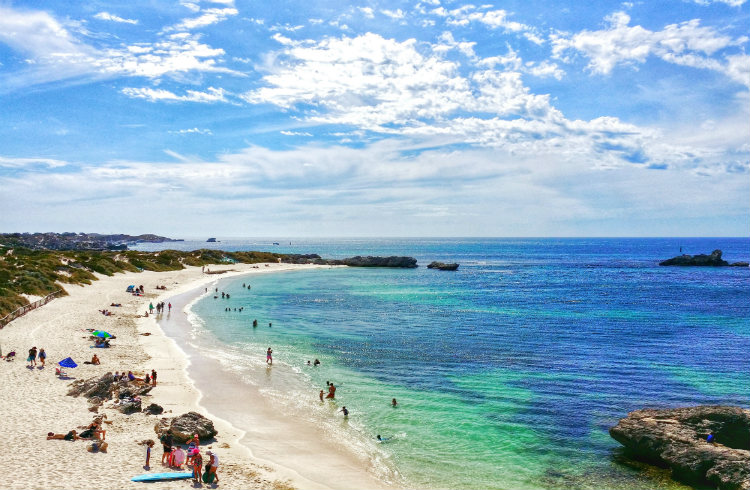Reading time: 5 minutes

None of us could have imagined the unprecedented events that have unfolded in recent months. For most of us, travel is now paused but that doesn't mean dreaming and planning should be put on hold. Here is some inspiration for when we can travel again.
Sharks, giant cuttlefish, colorful reefs and historical wrecks. We take a look at the some of the best spots for scuba diving in South Australia and Western Australia.
A version of Where to Scuba Dive in Western and Southern Australia first appeared on WorldNomads.com.
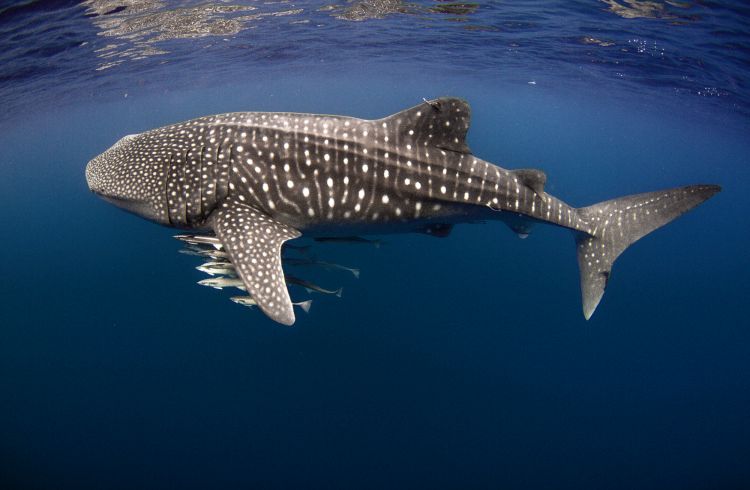
When most people think of scuba diving in Australia, they think of the Great Barrier Reef and other locations on the east coast. But South Australia and Western Australia have some great spots for divers of all experience levels looking to see what lies underneath the ocean surface. And if you can't dive, don't worry, there are also plenty of cool spots for snorkeling.
- Cage Diving with Great White Sharks - Neptune Islands
- Giant Cuttlefish in Whyalla
- Ex HMAS Hobart (II)
- Ningaloo Reef - Exmouth
- Jurien Bay - Coral Coast
- Rottnest Island - Western Australia
Cage Diving with Great White Sharks - Neptune Islands
Dive Type: Boat
Diving Level: Open Water
What You Can See: The Neptune Islands are Australia's premier spot to dive with Great White Sharks... in a cage, of course! The islands have long been a feeding ground for these apex predators due to the rocky outcrops and coves which provide a habitat for their prey – Australian Sea Lions. Male white sharks (up to 16ft (5m) in length) inhabit the islands all year but winter is a prime time to dive with these animals, with large females (up to 19ft (6m) in length and heavier than the males!) migrating to the islands. which also coincides with the sea lion pups entering the ocean after being born in the summer months.
You can also swim with the sea lions and their pups at Grindal and Hopkins Islands.
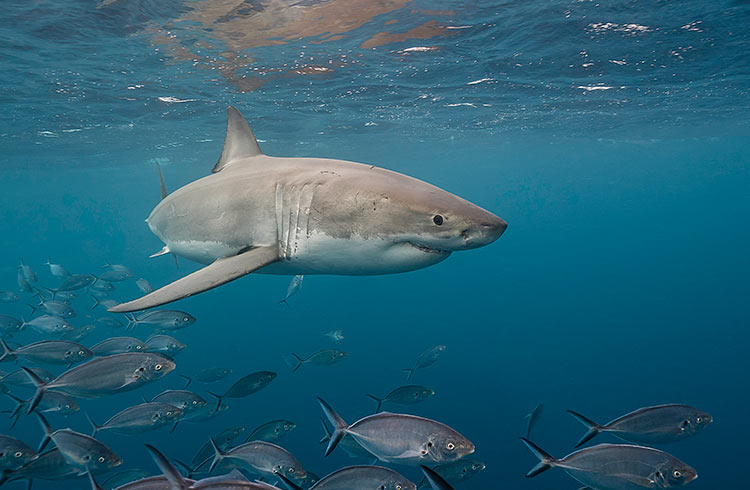
Giant Cuttlefish in Whyalla
Dive Type: Shore
Diving Level: Open Water or snorkeling
What You Can See: Every winter, thousands of giant Australian Cuttlefish migrate from May to the Upper Spencer Gulf Marine Park to find a mate and get funky. They are around the size of a medium dog, highly intelligent and are the masters of display and camouflage. Cuttlefish have special cells under their skin known as chromatophores which allow them to put on a spectacular show of patterns. Some even look like they are strobing and pulsating! Active during the day and night, the best time to see these tentacled tempters and temptresses is during June and July. The town of Whyalla comes from the local indigenous Barngarla language meaning "place of deep water".
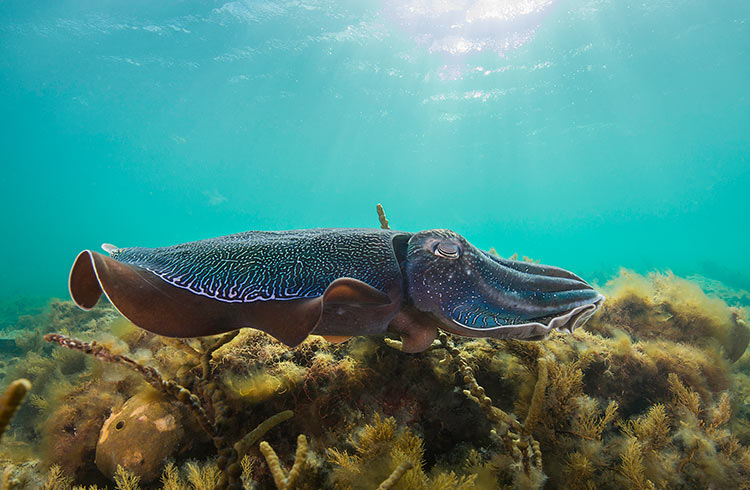
Ex HMAS Hobart (II)
Location: Rapid Head Sanctuary Zone, Encounter Marine Park
Dive Type: Boat
Year Scuttled: 2002
History: Nicknamed "Green Ghost", this Perth class guided missile destroyer was commissioned to the Royal Australian Navy from 1965 to 2000, she served three tours during the Vietnam war and finished her service as a dive wreck-artificial reef.
Diving Level: Advanced divers are allowed to penetrate the wreck. Open Water certified divers can only dive the outside of the wreck.
What You Can See: The sponge, algae, and coral covered vessel lies in a sanctuary zone which is teeming with marine life. Schools of fish of different species, squid, nudibranchs and marine invertebrates of all kinds call the ship home. Divers can access the engine room, bridge, missile launcher, turrets, gun magazine and there are heaps of original fittings left in the wreck which make for great dive photo poses.
Ningaloo Reef - Exmouth
Dive Type: Boat
Diving Level: Open Water
What You Can See: Located off the coast from Exmouth, UNESCO World Heritage Listed Ningaloo Reef is one of a few spots on the planet where whale sharks will migrate annually in numbers between March and August. It's a real buzz to spend time in the water with these massive filter-feeding giants as they slowly cruise along feeding on tiny plankton. Crossing over with whale shark season, humpback whales will migrate via Ningaloo Reef to the birthing grounds in the Kimberley and spend the months of June till November, before returning to Antarctica for the summer.
Aside from whale sharks and humpback whales, certified divers can experience the color and biodiversity of this World Heritage area by visiting Navy Pier, Muiron Islands and many spots on the reef itself. The name Ningaloo comes from the local indigenous Wajarri language for "deep water" or "promontory".
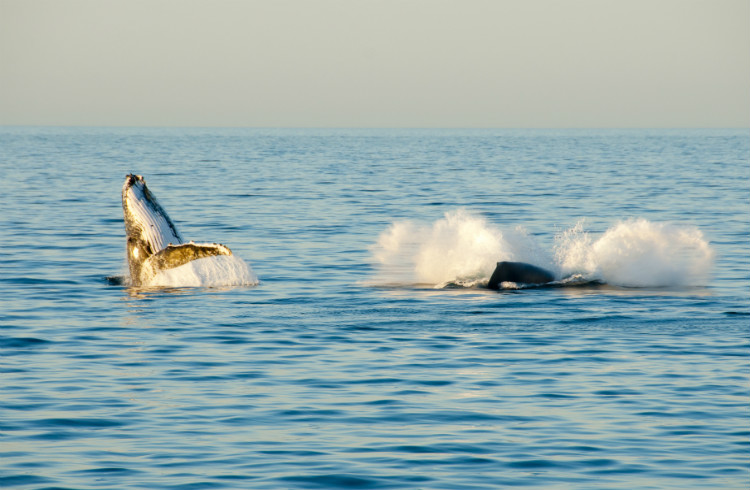
Jurien Bay - Coral Coast
Dive Type: Boat
Diving Level: Open Water
What You Can See: Located 2.5hrs north of Perth, Jurien Bay is a great spot for snorkelers and divers to hang out in warm crystal clear water with the friendly local sea lions. The surrounding marine park provides hosts a variety of marine creatures such as octopus, fish, cuttlefish, colorful reefs, nudibranchs and more.
Wadjemup (Rottnest Island) - Western Australia
Dive Type: Boat
Diving Level: Open Water
What You Can See: Graced by the warm Leeuwin current, Wadjemup (Rottnest Island in the Noongar indigenous language, meaning "place across the water where the spirits are") is a great site for divers of all experience levels with colorful reefs caves and wrecks. Around 400 species of fish inhabit the waters around the island plus turtles, lion fish, lobsters, dolphins, whales (during migration season), fur seals and sharks such as grey nurse, port Jackson and wobbegong.
